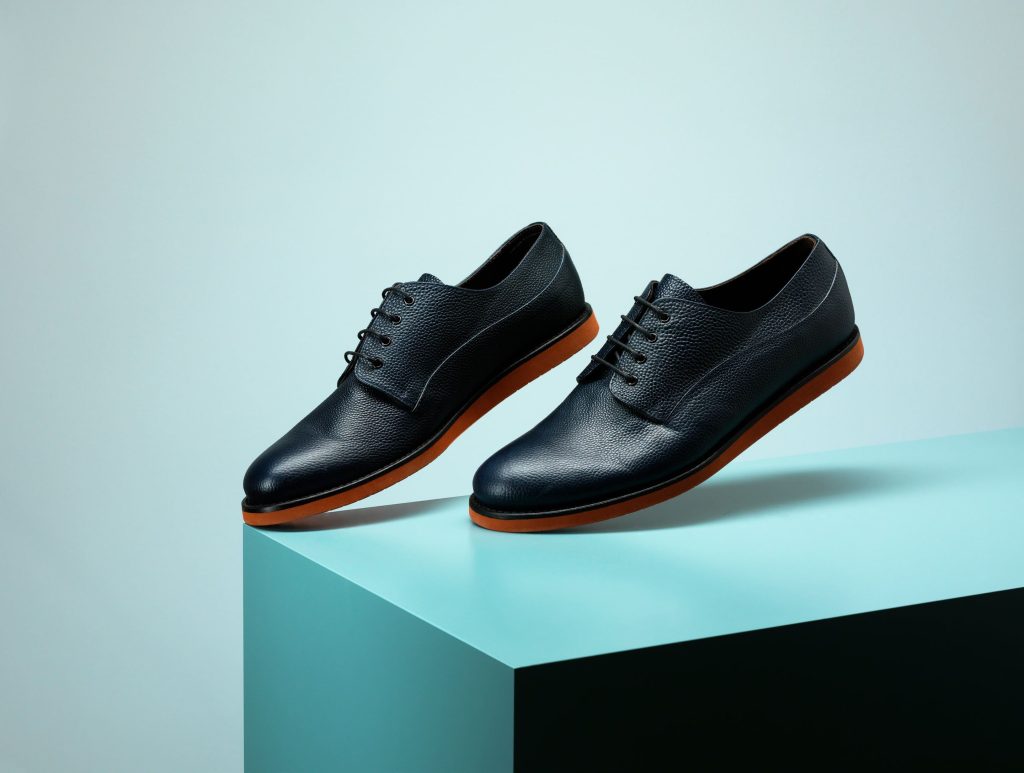
Feet work hard. Shoes should help, not fight. An insole is the small cushion under your foot, and it decides how the whole walk/run feels. The addition of **OrthoLite® bio-foam insoles** into Coats’ product spectrum helps softer steps, lighter shoes, and kinder stories for the planet. Small piece, big change.
First, what is “bio-foam” in kid words? Foam that starts from plants, not only oil. Think castor bean, sugarcane, sometimes even algae. Makers turn those plant bits into springy bubbles. The bubbles hold air, like tiny balloons, so the cushion feels lively while the weight stays low. Your foot lands, foam hugs, then boing—pushes you forward. Simple picture, smart science.
Performance comes first. Runners want that snap. Walkers want all-day calm. Bio-foam insoles keep **energy return** high without feeling hard like a board. When you jump, it gives back; when you stand, it relaxes. Old foams can crush flat after many miles. New blends fight **compression set**, so the shape stays true much longer. That means the shoe you love on Day 1 still feels close to Day 100. Nice for training, nicer for race week.
Breath matters too. OrthoLite is famous for open-cell foam. That means lots of tiny roads for air and sweat to travel out. Feet stay drier, socks stay less cranky. Add a quick-dry top cloth, and you get less slip-slide inside the shoe during fast turns. Some versions include gentle odor control—helpful on bus rides home after gym class. Not magic, just cleaner.
Weight is the quiet hero. Shaving grams off the midsole is hard; pulling grams from the insole is an easy win. Bio-foam insoles pack comfort per gram, so the shoe can hit that “wow, light” moment when you pick it up. Light shoe means less calf burn late in the run. Less burn = more smile.
Stability? Covered. We can spec dual-density layouts: firmer heel cup to hold the back of your foot, softer forefoot for toe-off feel. A tiny arch ramp keeps the foot from rolling too much. For race shoes, we keep it thin and fast. For trail, a touch more pad. The same platform, many moods.
Fit is personal, so tuning matters. The new insoles come in multiple **thicknesses and hardness levels**. 3 mm for minimalists. 4–5 mm for daily trainers. Extra-heel plug for heavy landers. We can punch micro-perfs under the toes to boost airflow or add a metatarsal dome for long-day comfort. Shoemakers love “drop-in” designs—no new molds needed. Swap the insole, keep the last, move on.
Planet talk, quick and honest. Bio-content is not a golden cape that saves everything. But every percent that shifts from fossil to plant is a step right direction. OrthoLite’s next-gen mixes use plant-based inputs plus recycled content where possible. Less virgin stuff in, more loop thinking out. In cutting rooms, off-cuts can be collected and ground for second-life products. When possible, pair the insole with **water-based adhesives** or use heat-activated films, so the assembly line smells cleaner and workers breathe easier.
Durability checks are simple. We bend the insole thousands of times in a flex drum. We squeeze it, rest it, then measure rebound. We soak it, dry it, then look for cracks. Bio-foam passes the boring tests—the ones that stop returns. That’s the real scoreboard: fewer sad emails, more repeat buyers.
How does it change the shoe lineup?
* **Road runners:** snappy feel without stabbing firmness. Good for tempo days, not just race day.
* **Trail shoes:** pad for sharp rocks, still breathable, so swamp foot calms down.
* **Lifestyle kicks:** step-in softness that sells in five seconds at the store mirror.
* **Kids’ shoes:** light + cushy, because little legs tire fast.
* **Work sneakers:** standing-all-shift comfort; less end-of-day “ouch.”
Care is easy. Pull out the insole, air overnight. Hand-wash with mild soap if it gets muddy. Don’t bake it on the radiator; just let the wind do the job. Foam lives longer when treated kindly.
Will it cost more? A little per pair. But value climbs higher: better comfort scores, stronger reviews, lower returns, greener copy on the product page. The math likes it. Your customers like it more.
Design ideas to play with:
* **Zonal mapping:** firmer heel cup ring, soft center cloud.
* **Perforated forefoot:** extra vents for hot cities.
* **Heel crash pad:** small horseshoe insert for rear-foot strikers.
* **Thin race spec:** 3 mm sheet to keep stack legal yet lively.
* **Brand story print:** show the plant icons on the top cloth—castor leaf, sugarcane—so shoppers learn at first glance.
What about the long road to circular? We’re not perfect yet. But **monomaterial thinking** helps: if the shoe upper is made from polyester sewing thread and the insole cover is polyester and the bonding film is polyester, recycling later becomes less puzzle, more plan. Same with nylon sewing thread. We’re nudging designs in that direction. OrthoLite’s bio-foam steps into that path with less baggage and more future.
Wrap it like a bow. OrthoLite joining our family means your feet get kinder cushions, your runs get smoother roll, and your cart gets a product that reads “performance + planet” without compromise words. Light. Breathable. Bouncy. Honest. That’s what next-gen bio-foam insoles bring to modern footwear, from first lace to last mile. Put one under your foot and you’ll feel it in one step—the quiet “ahh” that says the shoe got smarter.